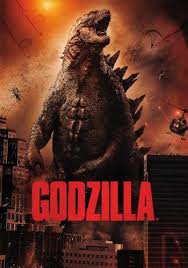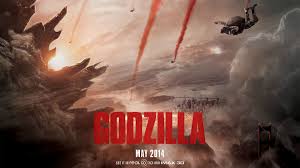The film I have chosen is the Dark Knight and below is the trailer for the film.
Identify three actors from your film and classify each according to the types of actors listed in your text and explain your reasons for classifying the actors as you do. Use specific references to the film and pay special attention to how these decisions impacted characterization. Also, consider the impact of any realistic or stylized portrayals within the film.
Three actors that I have chosen from a remarkable cast are Christian Bale, Heath Ledger and Morgan Freeman.
Christian Bale is the Method actor and I say this because of his multiple roles in movies that he goes into character such movies are the Dark Knight and the Machinist as he lost 63 pounds to play the role Trevor Reznik. And he has gone and made three successful Batman movies that are blockbuster. According to our text “the Method requires that actors draw on their own memories and experiences to reach the heart of a character, so that they more genuinely feel the emotions they’re portraying instead of just pretending.” (Goodykoontz & Jacobs, 2014).
Heath Ledger is in my opinion another Method actor as he is “refused to talk to anyone out of character. If you tried to communicate with him normally instead of the joker, he would just ignore you” (Huffpost Arts &Culture), as he play the Joker in his last film before passing of a drug overdose in the Dark Knight. He play numerous roles like romantic comedies to serious romances.
My final choice is MR Morgan Freeman as he is more of a Realism actor for his incredible performances in films such as the Shawshank Redemption and the Unforgiven as well as the Dark Night. “Realism, as opposed to stylized acting, can also be thought of as naturalistic.” (Goodykoontz & Jacobs, 2014), and he is a very natural/believable actor.
Focus on one of the actors you’ve discussed. Based on other films the actor has been in, would this actor always be placed in the same category? If so, what does this say about the category or actor? If not, what can you infer about the flexibility of these categories? Provide evidence (references from other films, including film clips and stills) to support your argument.
Based on Christian Bale’s other films he is preferably chose to lead roles in action movies and his dedication and commitment by staying in character show how reliable of an actor he is. Even though he has played non action films I believe that his bread and butter lies in the middle of the action just like in Terminator Salvation
Based on the other films that Adam Sandler has acted in, I would say he will always be placed in the category of a personality actor. He is known for his funny, light-hearted films. It is impossible for me to envision him as a dramatic character, and I think, were he to try and assume such a role, audience members would have the same trouble. We have come to expect a certain form of entertainment from his performances and expectations are hard to let go.
References
Goodykoontz, b., & Jacobs, C. p. (2014). Film: From watching to seeing (2nd ed). San Diego CA: Bridgepoint Education Inc.
Brooks, K. (n.d.). Extreme Method Acting: 15 Actors Who Have Taken The Craft To Another Level (PHOTOS). Retrieved January 8, 2015, from http://www.huffingtonpost.com/2012/12/04/extreme-method-actors-gone-too-far_n_2232192.html
The Dark Knight – Original Theatrical Trailer. (n.d.). Retrieved January 8, 2015, from https://www.youtube.com/watch?v=_PZpmTj1Q8Q


